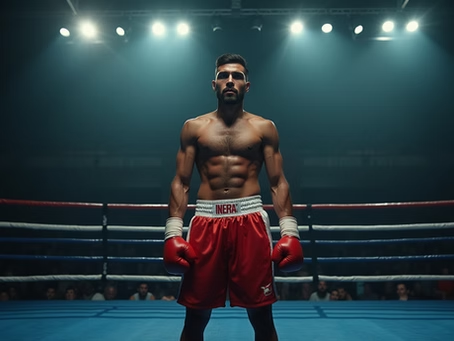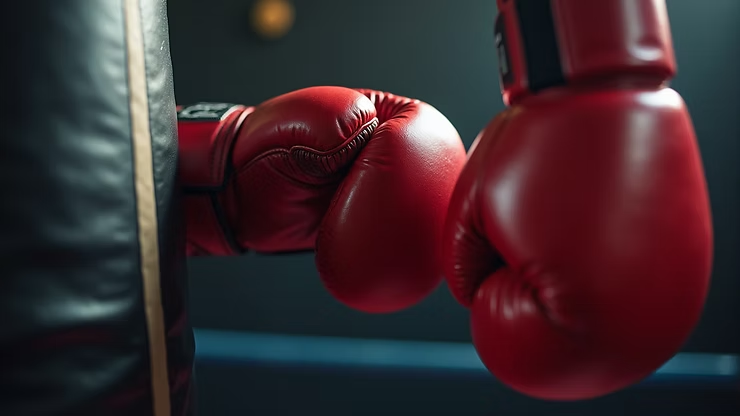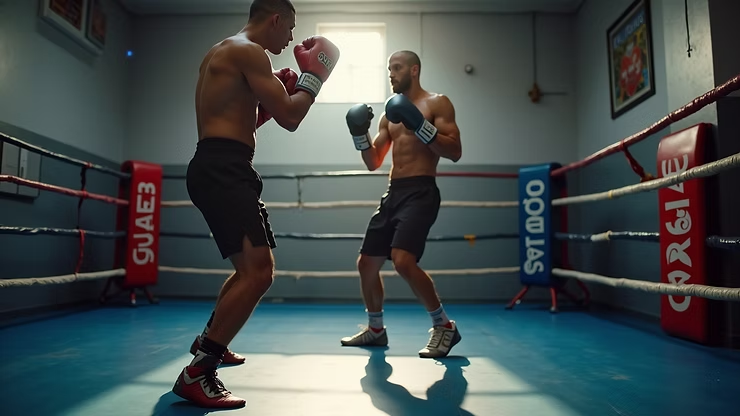Boxing is a dynamic and demanding sport that requires a blend of physical fitness, mental toughness, and technical skill. Whether you are a beginner stepping into the ring for the first time or an experienced fighter looking to refine your craft, mastering essential boxing techniques is crucial. This boxing techniques guide will walk you through the fundamental skills and strategies that every boxer should know to improve performance and gain confidence in the ring.
Understanding the Basics: Boxing Techniques Guide
Before diving into complex combinations and strategies, it is important to build a strong foundation. Boxing is not just about throwing punches; it is about precision, timing, and control. Here are some key elements to focus on:
Stance and Footwork: Your stance is your base. A proper stance provides balance and mobility. Keep your feet shoulder-width apart, with your dominant foot slightly back. Stay light on your toes to move quickly.
Guard Position: Protecting your face and body is essential. Keep your hands up near your cheeks, elbows tucked in to shield your ribs.
Punch Types: Learn the four basic punches – jab, cross, hook, and uppercut. Each has a specific purpose and technique.
Breathing and Rhythm: Control your breathing to maintain stamina. Find a rhythm that matches your movement and punches.
Practicing these basics regularly will help you develop muscle memory and improve your overall boxing skills.

What are the five basic skills of boxing?
To excel in boxing, mastering these five basic skills is essential:
Jab – The jab is a quick, straight punch thrown with the lead hand. It is used to gauge distance, disrupt your opponent’s rhythm, and set up other punches.
Cross – The cross is a powerful straight punch thrown with the rear hand. It often follows the jab and is used to deliver significant impact.
Hook – The hook is a semi-circular punch thrown with the lead or rear hand. It targets the side of the opponent’s head or body.
Uppercut – The uppercut is an upward punch aimed at the opponent’s chin or torso. It is effective in close-range fighting.
Defense – Defense includes blocking, slipping, bobbing, and weaving to avoid or minimize damage from your opponent’s punches.
Each skill requires practice and precision. Drilling these punches and defensive moves will help you become a well-rounded boxer.

Developing Power and Speed in Your Punches
Power and speed are two critical components that can make your punches more effective. Here’s how to develop both:
Power: Power comes from your whole body, not just your arms. Use your legs, hips, and core to generate force. Practice rotational movements and explosive drills like medicine ball throws.
Speed: Speed is about quick execution and reaction time. Shadowboxing and speed bag drills help improve hand speed. Focus on snapping your punches back quickly to maintain defense.
Combination Drills: Practice throwing combinations of punches to build fluidity and speed. For example, jab-cross-hook or jab-uppercut-cross.
Strength Training: Incorporate strength exercises such as push-ups, pull-ups, and weight training to build muscle endurance and power.
By balancing power and speed, you can deliver punches that are both fast and impactful.
Footwork: The Foundation of Movement and Defense
Good footwork allows you to control the ring, maintain balance, and evade attacks. Here are some tips to improve your footwork:
Stay Light on Your Feet: Avoid flat-footedness. Keep your weight on the balls of your feet for quick movement.
Step, Don’t Hop: Move by stepping rather than hopping to maintain balance and control.
Practice Lateral Movement: Move side to side to create angles and avoid being a stationary target.
Pivoting: Learn to pivot on your lead foot to change direction quickly and create openings.
Shadowboxing with Movement: Incorporate footwork drills into shadowboxing sessions to simulate real fight scenarios.
Consistent footwork training will enhance your ability to attack and defend effectively.

Incorporating Defense Techniques to Stay Safe
Defense is as important as offense in boxing. Protecting yourself reduces the risk of injury and creates opportunities for counterattacks. Key defensive techniques include:
Blocking: Use your gloves and arms to block incoming punches.
Slipping: Move your head slightly to the side to avoid straight punches.
Bobbing and Weaving: Bend your knees and move your upper body in a U-shaped motion to dodge hooks and uppercuts.
Parrying: Deflect punches with your hands to redirect their force.
Clinching: When in close range, clinch your opponent to stop their attack and reset the fight.
Practice these techniques regularly to build reflexes and confidence in your defense.
How to Progress Your Training and Stay Motivated
Progression in boxing requires consistent effort and smart training. Here are some tips to keep improving:
Set Clear Goals: Define what you want to achieve, whether it’s improving speed, power, or endurance.
Track Your Progress: Keep a training journal to note improvements and areas needing work.
Mix Up Your Routine: Incorporate different drills, sparring sessions, and conditioning exercises to avoid plateaus.
Get Professional Guidance: Consider working with a coach or joining a boxing gym to receive feedback and structured training.
Stay Patient and Persistent: Boxing skills take time to develop. Celebrate small victories and keep pushing forward.
If you want to learn boxing techniques from professionals, exploring expert resources and training programs can accelerate your growth.
Building Mental Toughness and Ring IQ
Boxing is as much a mental game as it is physical. Developing mental toughness and ring intelligence will give you an edge:
Stay Calm Under Pressure: Practice breathing techniques and visualization to manage stress during fights.
Analyze Opponents: Study your opponent’s style and tendencies to anticipate their moves.
Adaptability: Be ready to change your strategy mid-fight based on what is working.
Focus and Discipline: Maintain concentration during training and matches to execute your techniques effectively.
Mental preparation complements physical training and helps you perform at your best.
Final Thoughts on Mastering Boxing Techniques
Mastering essential boxing techniques is a journey that combines physical skill, mental strength, and consistent practice. By focusing on fundamentals like stance, punches, footwork, and defense, you build a solid foundation. Enhancing power, speed, and ring IQ will elevate your performance further. Remember, boxing is a sport of patience and perseverance. Keep training smart, stay motivated, and enjoy the process of becoming a skilled boxer.
Whether you are training for fitness, competition, or self-defense, these techniques will serve you well in the ring and beyond. Keep pushing your limits and embrace the art of boxing.
